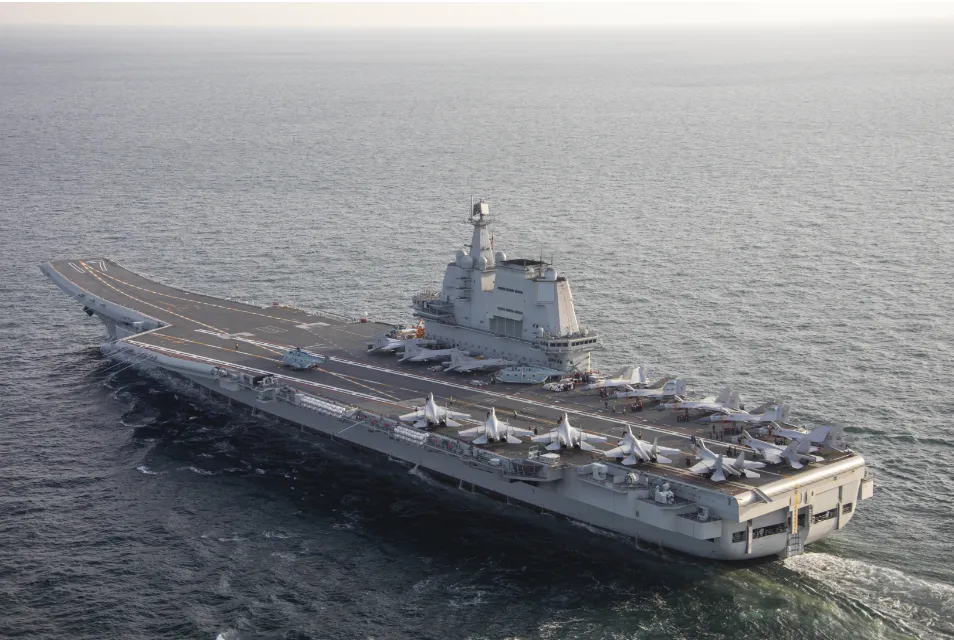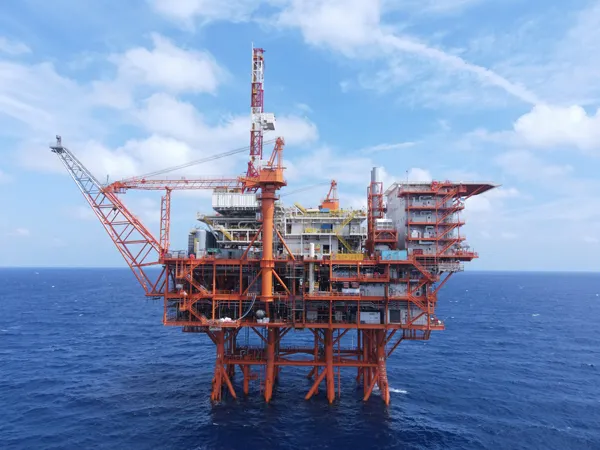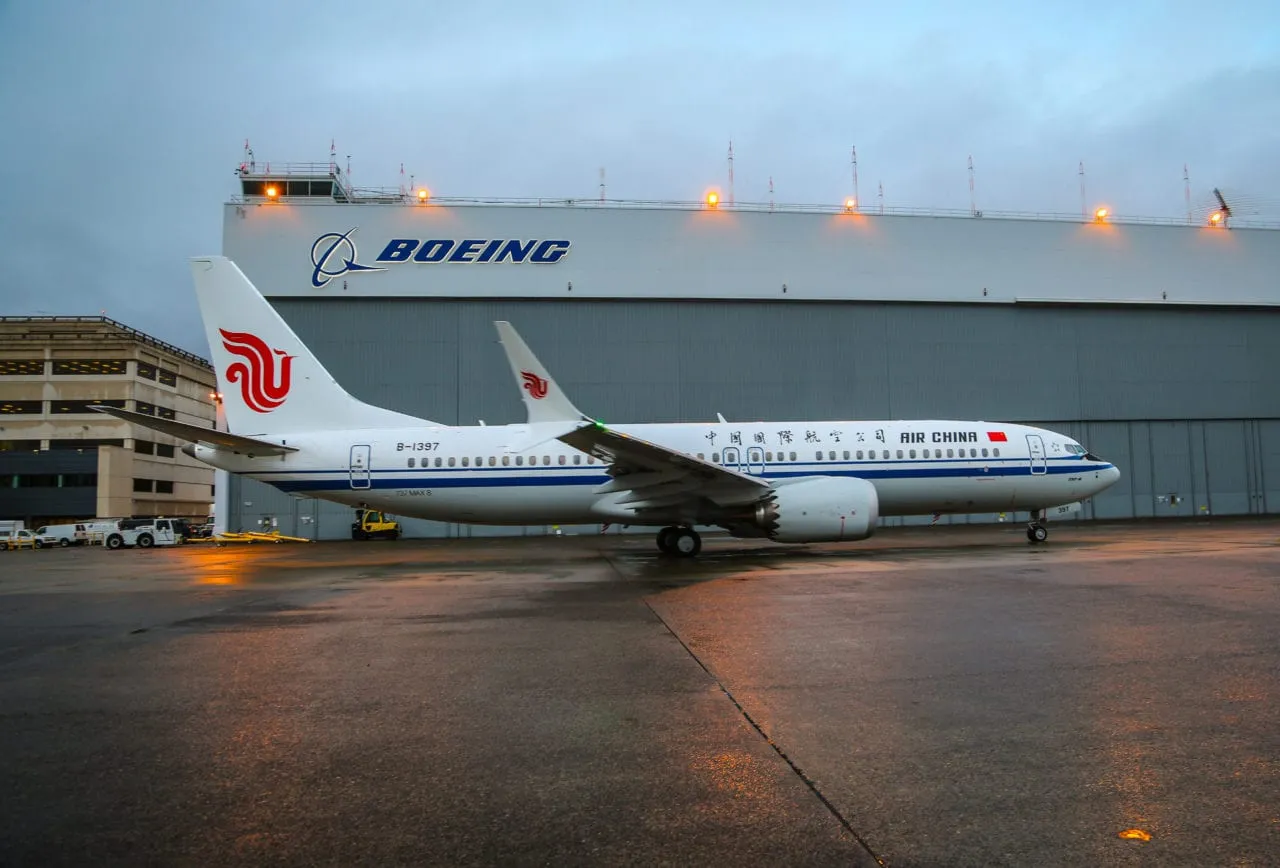Chinese Aircraft Carrier Fleet Crosses Taiwan Strait, Second Within A Month
Chinese Aircraft Carrier Fleet Crosses Taiwan Strait, Second Within A Month

On December 11, the Defense Department of the Taiwan authorities reported that a flotilla of the People’s Liberation Army Navy (PLAN) passed through the Taiwan Strait from north to south on that day. The formation was led by Shandong, the country’s first domestically built aircraft carrier. Taiwan’s defense authorities claimed that they have monitored the movement of the PLAN formation through joint reconnaissance measures. According to media outlets based on Taiwan Island, both Japan and the US have also sent naval ships near the PLAN flotilla for further developments.
This marked the second appearance of the Shandong carrier group in the Taiwan Strait within a month, previously sailing from south to north. Before heading south, the formation had been conducting training exercises in the northern coastal waters. On December 8, the state-owned China Central Television released a 2-minute video showcasing the processes of carrier-based fighters landing and taking off, demonstrating the readiness of China’s carrier strike group in a high-profile manner. Many speculate that the flotilla is now heading back to its home port located on the country’s southernmost Hainan Island. However, foreign media tends to depict it as a gesture to exert pressure on the Taiwan authorities, especially with the approaching 2024 election.
China Releases Report on Ocean Energy Development, Emphasizing Chance for Energy Transition

On December 10, China released the annual report on the country’s ocean energy development. Specifically, China’s annual marine crude oil production reached 62.2 million tons, accounting for over 60% of the national increase in crude oil production. Marine natural gas production reached 23.8 billion cubic meters, accounting for approximately 15% of the national increase.
China considers the stable supply of oil and gas from the ocean as a guarantee for its energy security, and this element plays a key role in the country’s energy transition strategy. In the report, China elaborates on the accelerating integration of renewable energy with traditional oil and gas. In 2023, the annual increase in grid-connected capacity of offshore wind power reached 6.04 million kilowatts, representing an approximate 20% year-on-year growth. Therefore, offshore wind farms, which play a vital role in supplying power for marine drilling platforms, have become a model for energy integration. On the same day, December 10, China released its Energy Transformation Outlook 2023 during COP28, addressing energy security and cost-effectiveness during the process of energy transition.
However, China’s focus on ocean energy also leads to friction with neighboring countries, specifically in the South China Sea. A preliminary estimation indicates that the marine oil deposit in the area reaches approximately 20 billion tons, intensifying competition in the area. Vietnam’s state-owned Petrovietnam has been engaged in extraction operations in the area since the late 1990s. In 2014, 60 Vietnamese vessels, including Coast Guard ships and civilian fishing boats, intruded into the waters of China’s Xisha islands, attempting to prevent China from constructing an oil platform. In 2016, an arbitral tribunal ruled in favor of the Philippines on its claims in the area against China, severely damaging the relationship between the two countries.
Civil Aviation North China Air Traffic Control Bureau Signs MOU with Boeing to Enhance Cooperation in Multiple Fields

On December 7, the Civil Aviation North China Air Traffic Control Bureau solidified its cooperative relationship with Boeing by signing a memorandum of understanding in Beijing. The agreement marks a consensus on a multi-faceted cooperation plan between the two entities.
Under the terms of the memorandum, both parties have agreed to engage in deeper collaboration in several key areas. These include the sharing of concepts on international air traffic management development, analyzing and enhancing air traffic control operational efficiency, technical discussions, and personnel training.
This agreement is a significant step in strengthening ties between the Civil Aviation North China Air Traffic Control Bureau and Boeing, a leading global aerospace company. The partnership is expected to lead to advancements in air traffic management that will benefit the industry at large.
The collaboration promises to leverage Boeing’s industry-leading expertise and technological innovations alongside the bureau’s operational experience. This synergy is anticipated to yield improvements in air traffic efficiency and safety, ultimately enhancing the flying experience for passengers and airlines operating in the region.
